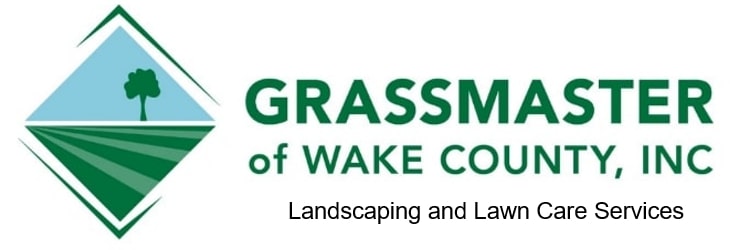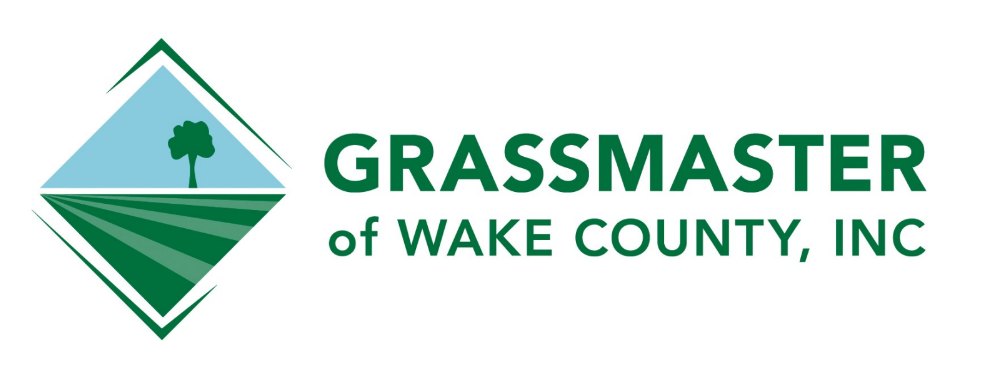Seasonal Lawn Tips and Maintenance Schedules
Yards and lawns need maintenance as much as your home. Think about it. Your lawn is a representation of who you are, and overall, how you feel about your home. Below, you will find seasonal lawn tips to help you achieve a beautiful yard and grass you can be proud of.
Table of Contents
You might have seen that some yards always look well maintained even in harsh summer months and in the dead of winter. The owners of these yards are most likely not professional landscapers, but one thing they have in common is that they count on a year-round maintenance plan to make sure their yards and grass perform well and look good throughout the year.
Whether you prefer to DIY or have a professional lawn care company look after your lawn and yard, following a seasonal maintenance schedule is a key to healthy, strong grass, flowers, trees and shrubs, and beautiful landscapes.
Check out the quick-reference seasonal maintenance schedule below.
Seasonal Lawn Planning

With the trees, grass, and ornamental vegetation lying dormant, January is a good time to plan any yard or landscape project.
Your planning can encompass each season, or if you’re adventurous, you can plan out your yard projects for the entire year. Seasonal landscape and lawn planning can help clarify what activities you can do yourself versus what needs to be hired out to a professional lawn service and landscape company.
If the goal is to hire out some of your landscaping and lawn maintenance tasks, it is highly recommended that you contact a professional lawn company and get on their schedules now. If GrassMaster of Wake County can help you, give us a call at 919-796-1633.
As the season approaches spring and summer, many landscapers and lawn experts can get very busy.
Winter Seasonal Lawn Tips and Care
Test the Soil
You need to test your soil before the arrival of spring to ensure the proper nutrients are in your dirt biome to support amazing spring growth. You can do it by using a soil testing kit. If you have poor soil and you are unsure of the results, you can hire a professional to test your soil to know the exact soil deficiencies and offer guidance on how to nourish your soil to create a nutrient-rich soil mix.
Prune Shrubs and Trees (Jan/Feb)
Pruning is essential to maintaining healthy trees and shrubs. Removing damaged and diseased branches helps trees and bushes flourish with new and healthy growth.
Pruning trees and shrubs can be done yourself, but you need to know the correct tools and techniques for pruning. If you don’t know the right pruning techniques, hiring a professional to do will ensure your trees and bushes remain strong, vibrant, and ready for spring growth.
If you are unsure how to correctly prune trees, follow the advice of the USDA Forest Service – they certainly know a thing or two about trees!
Remove Leaves and Debris
For healthy yards and lawns, leaves, twigs, and debris must be removed from the lawn surface. Piled-up leaves, especially leaves, can be a haven for unwanted pests and insects. Additionally, as the leaves and piled sticks decompose, the weight and masking of the debris can kill the lawn underneath and prevent new growth from occurring.
It is critical that you make the removal of leaves and debris a part of your yard maintenance routine.
Trim Ornamental Grasses & Vegetation
If you have ornamental grasses and vegetation that has turned brown and gangly, you need to maintain the vegetation for resilient growth and ornamental output.
The best practice is to cut the dead/brown growth within a few inches above the ground. For great results, make sure to cover the root areas with extra mulch and cover to prevent the root system from freezing.
Spring Seasonal Lawn Tips and Care
Spring is the season bursting with new growth. Based on the winter maintenance schedule, you’ve set your yard and lawn up for a fantastic spring-growing season.
If you have a water irrigation system, check the system to determine whether it works properly. Especially in the Raleigh area, spring can change to hot-summer temps in the blink of an eye. As the heat sets in, it’s important to make sure your water system is ready to deliver timely watering to support spring growth into the summer months.
If your irrigation system needs any repairs, the earlier in spring you attend to resolving issues is highly advised. Depending on your skill level or the level of needed repairs, you may find it more convenient to hire out the repairs. If you are considering installing a new irrigation system, start planning the project and finding a reputable provider during the winter planning months.
Plant New Plants and Shrubs
In the spring, the weather is still cool, and the ground is soft. During this time, it is easier to plant new plantings in the initial days before the weather becomes hot. Cover the new plantings with a nice, thick organic mulch to support strong root growth, nutrition, and moisture retention.
Plant Warm-Season Grass Seed
In addition to the fall season, springtime is a great time to plant warm-season turfgrass seed. Some of the best warm grasses to plant at this time include St. Augustine, Zoysia, and Bermuda to name a few.
Mow the Lawn
Spring is the season when plants, grass, and shrubs start to show new growth. The grass on your lawn will start to show visible signs of new growth as the warmer temperatures make a daily appearance.
At this time, it’s best to make sure your lawn is free of leaves, sticks, and debris. In some cases, depending on how thick your leaves are, you can mow the leaves into lawn compost material using shredding mower blades. Doing so will provide immediate organic material to your lawn.
As the season’s first cut, make sure the grass does not grow too tall resulting in an abundance of heavy, wet grass. Instead, cut when the grass is short, as this will help to remove any dead winter grasses and prep the grass for a fresh growing season.
Fertilize the Lawn
The spring season is a great time to add fertilizer to your grass. Fertilizer supports strong grass growth and helps nourish sustaining root systems. Common fertilizer ratios are 16-4-8 and 16-0-1. Depending on your grass needs, make sure to follow the manufacturer’s directions and apply the correct fertilizer and amount.
If you’ve experienced problems with unwanted weeds on your lawn, you can also apply a pre-emergent during the spring. Pre-emergent is an herbicide that helps prevent crabgrass growth.
Additionally, for bare and brown spots created over the winter, you can add fertilizer and grass seed to repair any bare spots.
Maintain your Hardscaping
Spring is the best time to clean and repair your hardscapes like wooden decks and paved areas. Clean pavers and wooden decks with mild soap detergent and a power washer. Following the cleaning, reseal wood and stone and repair any wood damage or paver cracks. At the same time, lubricate hinges and latches and make sure screws are tight and not loose.
Summer/Fall Seasonal Lawn Tips and Care
Irrigate your Lawn
Summer is the time when the soil can become very dry. Especially in the Southeast when summer and fall temperatures remain hot, you need to irrigate your lawn. Also, during the summer months, more water will be needed throughout your yard to manage and balance the moisture in your soil. However, you should not overwater your yard as too much water can rot the roots of your plants and attract pests in soggy areas.
Protect New Plantings
New plants are more susceptible to damage from the summer heat and potential drought. In an effort to give your new plantings a fighting chance for ongoing growth through harsh sunlight and heat, you need to make sure they are protected. A good mulch base will help maintain moisture levels and reduce the need for frequent watering.
If the new plants are in the planters, place them in a shaded area and gradually get them accustomed to the summer heat before planting them in sunny areas. Again, apply a nice layer of mulch around new plantings and water regularly.
The Bottom Line About Making Seasonal Lawn Tips Work for You!
We’ve only touched the tip of the iceberg when it comes to maintaining your yard and lawn throughout the seasons. So many factors contribute to a vibrant, strong, healthy lawn.
The article provided some top tips for scheduling annual yard maintenance tasks. If you’ve considered that your skills and time are limited, or you’re encountering a yard/lawn challenge, we’d love to help you with your annual yard maintenance and lawn program. Just give us a call for a free estimate: 919-796-1633.
Overall, following a consistent yard and lawn maintenance schedule can help you maintain a beautiful, luxurious-looking yard and lawn throughout the year. And we would love to help you achieve the yard you want!


